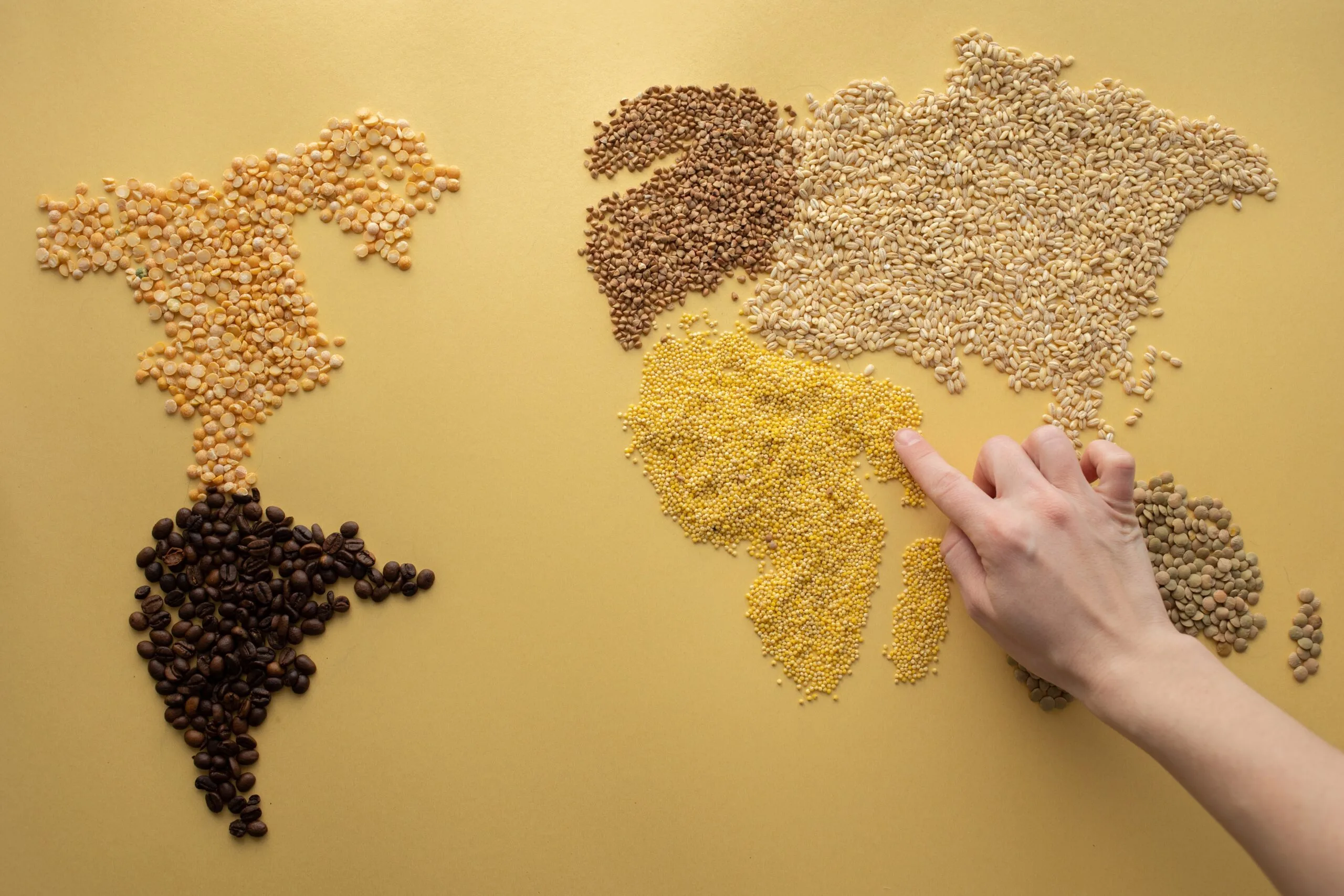The USDA has cut its forecast for global corn production, pointing to Brazil’s reduced crop as the main reason.
This Thursday, the agency predicted a drop in corn output to 943.73 million tons, down from 946.89 million tons. Brazil’s shortfall of 3 million tons is the critical factor.
Brazil now expects to export 52 million tons of corn, 2 million less than earlier predictions.
This change boosts the US’s position in global wheat exports to 53.34 million tons, as Gautier Le Molgat from Argus Media explains.
Meanwhile, Ukraine’s corn production stays at 30.50 million tons. Its export capability has grown by 2 million tons to 23 million.
The USDA notes that Ukraine’s wheat export capacity has also increased by 1 million tons to 15 million.

On the soybean front, global stocks are up nearly 2 million tons. Yet, the USDA has revised Brazil’s soybean yield down by 1 million to 156 million tons.
The wheat production outlook globally has risen by almost 1 million tons to 785.74 million, thanks to Argentina’s slight production increase.
These adjustments highlight the interconnected nature of global agriculture, where a dip in one region can shift markets and trade dynamics worldwide.
Background
These adjustments reflect the delicate balance of global food security, where shifts in one nation’s production can ripple through international markets.
Brazil’s role as a major corn exporter means its harvest impacts global supply and prices.
The USDA’s revisions underscore the vulnerability of agricultural outputs to weather, disease, and political factors.
Historically, fluctuations in major producers’ yields have led to price volatility, affecting both producers and consumers worldwide.
The increase in Ukraine’s export capacity, despite ongoing conflict, highlights the resilience and strategic importance of its agricultural sector.
This scenario also shows the competitive nature of global trade, where countries vie for market leadership in key commodities.
The changes in soybean and wheat forecasts further demonstrate the interconnectedness of different crops and their markets.
Overall, these developments offer insight into the complexities of global agriculture, emphasizing the need for robust and adaptable food systems.

